Rising Demand for Clean Fuels
The Co-Refining Market is experiencing a notable increase in demand for clean fuels, driven by a global shift towards sustainability and environmental responsibility. As countries implement stricter regulations on emissions, the need for cleaner fuel alternatives becomes paramount. This trend is reflected in the growing investments in co-refining technologies, which allow for the simultaneous processing of various feedstocks, including biofuels and traditional fossil fuels. According to recent data, the market for clean fuels is projected to grow at a compound annual growth rate of over 6% in the coming years. This rising demand not only supports the co-refining sector but also encourages innovation in refining processes, making the Co-Refining Market a focal point for energy transition efforts.
Increasing Regulatory Pressures
The Co-Refining Market is significantly influenced by increasing regulatory pressures aimed at reducing carbon emissions and promoting cleaner energy sources. Governments worldwide are implementing stringent regulations that require refiners to adopt more sustainable practices. This regulatory landscape compels companies within the co-refining sector to innovate and invest in cleaner technologies. For instance, the introduction of carbon pricing mechanisms and emissions trading systems has created a financial incentive for refiners to transition towards co-refining processes that utilize renewable feedstocks. As a result, the Co-Refining Market is likely to see a shift in investment towards technologies that comply with these regulations, fostering a more sustainable refining ecosystem.
Growing Interest in Circular Economy
The concept of a circular economy is gaining traction within the Co-Refining Market, as stakeholders seek to minimize waste and maximize resource efficiency. This approach encourages the recycling and repurposing of materials, which aligns with the principles of co-refining. By utilizing waste products as feedstocks, refiners can reduce their reliance on virgin resources while simultaneously addressing environmental concerns. The circular economy model not only supports sustainability but also presents economic opportunities for refiners. Recent analyses suggest that the transition towards a circular economy could potentially increase the profitability of co-refining operations by enhancing resource utilization and reducing disposal costs. As awareness of these benefits grows, the Co-Refining Market is likely to embrace circular economy principles more fully.
Strategic Partnerships and Collaborations
Strategic partnerships and collaborations are becoming increasingly prevalent in the Co-Refining Market as companies seek to leverage complementary strengths and resources. These alliances can take various forms, including joint ventures, technology sharing agreements, and research collaborations. Such partnerships enable companies to access new technologies, share risks, and enhance their competitive positioning in the market. For instance, collaborations between traditional refiners and renewable energy firms can facilitate the development of innovative co-refining solutions that integrate renewable feedstocks. This trend is expected to accelerate as the industry faces evolving market dynamics and the need for rapid adaptation. By fostering collaboration, the Co-Refining Market can enhance its resilience and drive sustainable growth.
Technological Innovations in Refining Processes
Technological advancements play a crucial role in shaping the Co-Refining Market. Innovations such as advanced catalytic processes and integrated refining systems enhance the efficiency and effectiveness of co-refining operations. These technologies enable refiners to optimize their output while minimizing waste and energy consumption. Recent studies indicate that the adoption of such technologies can lead to a reduction in operational costs by up to 15%, thereby increasing profitability for refiners. Furthermore, the integration of digital solutions, such as data analytics and automation, is transforming traditional refining practices, allowing for real-time monitoring and improved decision-making. As these technologies continue to evolve, they are likely to drive further growth in the Co-Refining Market.


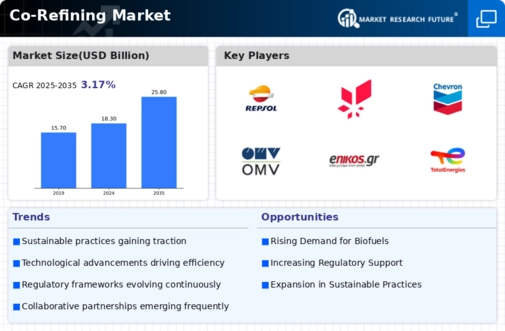
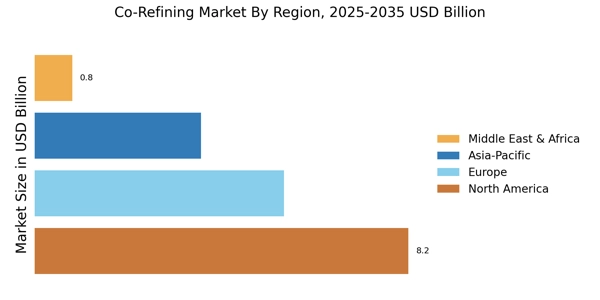
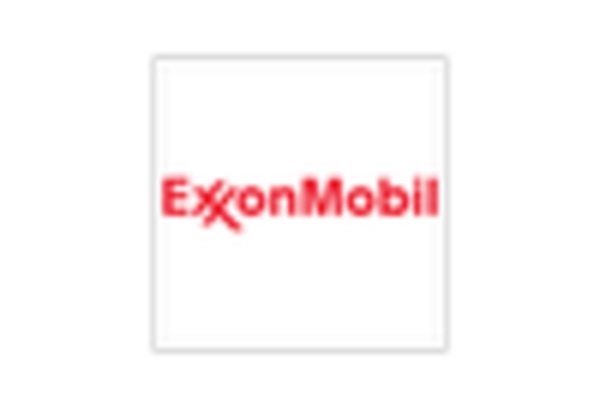


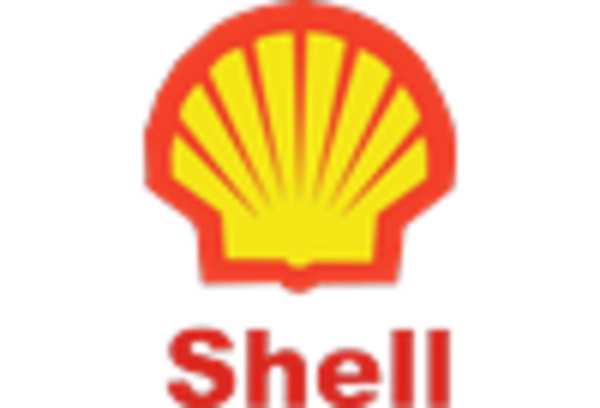
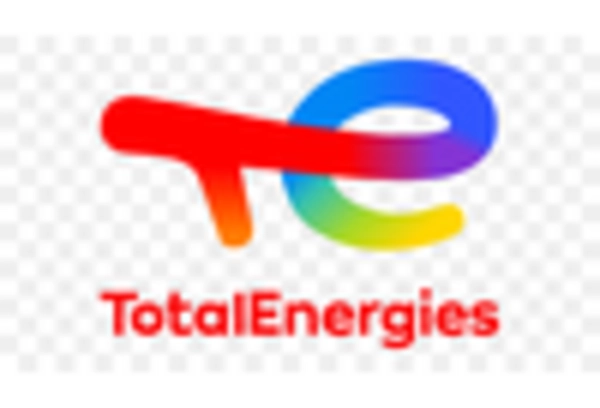









Leave a Comment